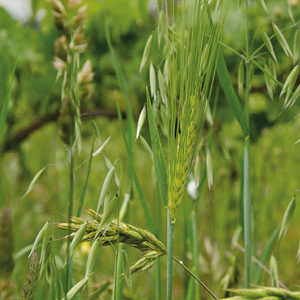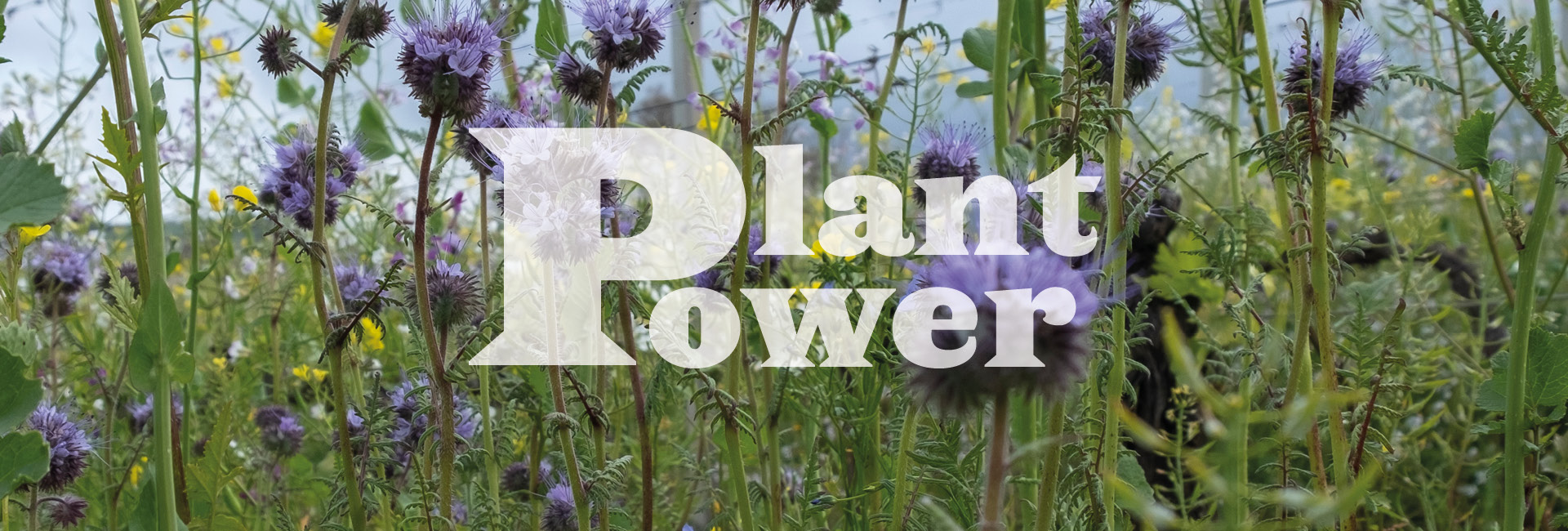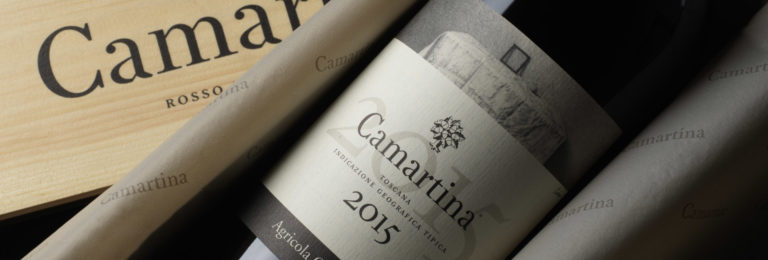With Spring in full bloom, Querciabella’s vineyards turn into colourful havens of biodiversity:
the strokes of purple from the phacelia, the yellow and white from the mustard and the intense green of legumes and grasses growing between the vines not only make for a beautiful picture but play a crucial role in creating a balanced ecosystem.
Before delving further into this kaleidoscopic world, it’s important to understand how cover cropping has become the centrepiece of Querciabella’s holistic approach to working in harmony with the natural environment.
Bio-Vegan Viticulture
Organic winemaking practices have been integral to our philosophy since 1988. Instead of relying on agrochemicals that disrupt the ecosystem and crucially impact the vine’s ability to organise its nutrient system, we opted for conscious viticulture that could create a balanced environment for the vines to thrive.
With biodynamics, we took a step further, incorporating principles emphasising the interdependence of all elements. Cover crops were introduced to enhance biodiversity below and over the ground, boosting vitality, health and the vine’s resilience. The optimal results convinced us that a plant-based conversion was possible and instrumental to providing our wines with honest, deep, terroir-driven qualities.
“By carefully selecting and managing cover crops, we cultivate healthy, sustainable vineyards that produce high-quality grapes and wines.”
—Marco Torriti · Vineyard Operations Manager
Harnessing Plant Power
A well-managed mix of versatile plants growing in vineyards can significantly benefit the soil, grapevines, and environment, and it’s at the heart of our wine-growing method. As with most things in viticulture, there is no one size fits all solution, and the exact seeding cocktail varies site by site depending on natural nutrient deficiencies or surpluses.
For example, some plants can fix soil nitrogen, increasing fertility. Others hold the soil in place and reduce the impact of heavy rain. Overground, their shade protects the soil from drying out; underground, their root systems helps break up compacted soil and improve drainage. Overall, cover crops promote a healthy and diverse vineyard ecosystem by providing a habitat for beneficial microorganisms, insects and animals.
Types of cover crops for vineyards:
Legumes
Legumes are nitrogen-fixers, capturing it from the atmosphere and making it available in the soil for other crops. They also offer a source of protein to beneficial insects and animals in the vineyard ecosystem.
- Clover is a popular choice among vineyard owners because it is easy to establish and maintain. In addition, it has a deep taproot that can penetrate the soil, helping to break up compacted soil and improve drainage.
- Vetch is a fast-growing cover crop that can quickly cover the soil, reducing erosion and suppressing weeds.
- Peas are another wonderful legume. They have a shallow root system that can help to improve soil structure and enrich soil organic matter.
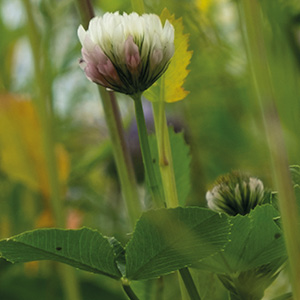
Brassicas and Mustards
Brassicas and mustards are excellent for biofumigation, which uses plants to release natural compounds that can suppress soil-borne pathogens and pests. They also add nutrients and organic matter to the soil.
- Radish is a popular brassica because its deep taproot can help break up compacted soil.
- Turnips have a shallow root system that can help to increase soil organic matter and improve structure.
- Mustard greens are fast-growing and offer quick cover to the soil, reducing erosion and suppressing weeds.
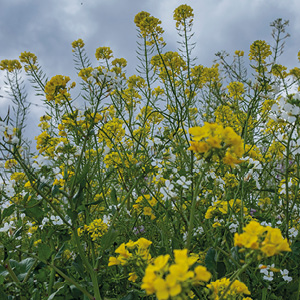
Non-Legume Broadleaves
Non-legume broad leaves attract pollinators, improve soil structure, suppress weeds, take up excess nutrients and prevent leaching. They can also be used as green manure.
- Buckwheat is easy to establish and has a shallow root system that can help improve soil structure and increase soil organic matter.
- Phacelia is a nitrogen holder and weed suppressor. Its eye-catching purple flowers attract beneficial insects, including bees. That’s why it is also called Bee’s Friend.
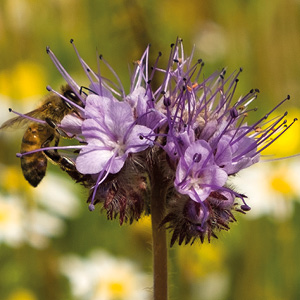
Grasses
Grasses are ideal for erosion control, as their fibrous roots hold the soil in place. They also offer a habitat for beneficial insects and animals and can add organic matter to the soil.
- Rye is easy to establish and has a deep root system that can help to break up compacted soil.
- Barley is fast-growing and can quickly cover the soil, reducing erosion and suppressing weeds.
- Wheatgrass is a cool-season grass that provides winter cover and protects the soil during the dormant season.
